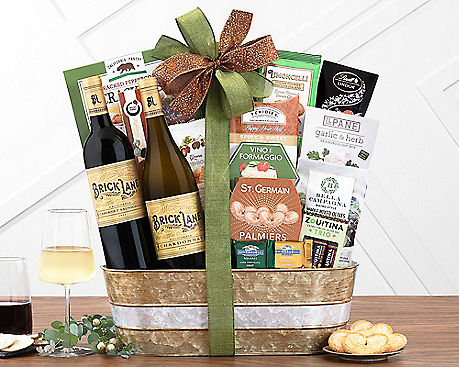How to Taste Wine

The first step in tasting wine is actually looking at it. Notice the color, opacity, and viscosity of the wine. See if any "wine legs" develop on the inside of the glass. Wine legs are droplets of wine that form as the alcohol evaporates, and more of the droplets will point to higher alcohol content and/or higher sugar content. Also note the intensity of the color – though it doesn't necessarily correlate with quality, it can indicate age. White wines become darker as they age, while red wines lose their color and turn browner.
The next step entails smelling the wine, one of the most important aspects of consuming any food or drink. Swirl the wine in your glass for about 10 seconds and take a quick whiff. This does two things: helps vaporize some of the alcohol and allows some oxygen to open up the wine's aromas, letting you get a first impression.
Next, stick your nose into the glass and deeply inhale through your nose. Think about your second impression. Some primary aromas will be fruit, herbs, or floral notes. Take your time in identifying the different scents you experience. You may also smell yeast, vanilla, nuttiness, or something completely different. Tasting wine is personal, and as every person has different backgrounds, a wine's scents may trigger different memories.
Now taste the wine to experience both flavor and structure, but first take only a sip. Discover how to taste wine with all of your taste receptors. Let the wine roll around your mouth to expose it to all of your taste buds. What is your first impression for the taste? Take another taste to try to pinpoint the different flavors, the sweetness, the sensation of alcohol, the tannins, and the acidity. Take note of the aftertaste, or the finish. Think about the last flavor impression and how long it lasted.
Finally, think about your overall conclusions of the wine. Did you enjoy it? Does it taste better with cheese, bread, a chocolate gift that you received or a meal? Would you buy it again? For future reference, write down some thoughts and the wine's information. Learning how to taste wine may require expanding your food palate, as well. Taste new fruit gifts and vegetables to discover new flavors you may experience while tasting wine later on.










